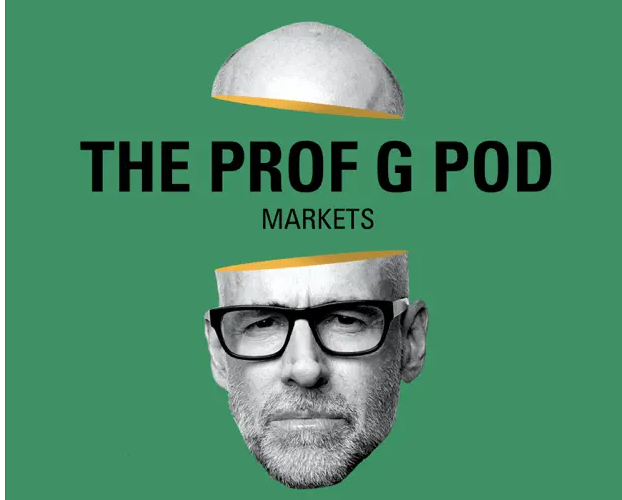Comms About USC Cancelling Valedictorian Commencement Speaker
/In another difficult situation for university administrators, University of Southern California (USC) rescinded its plan for commencement speaker valedictorian Asna Tabassum, a first-generation South Asian-American Muslim.
In a statement, the university defends its decision. Administrators admit that the decision was based on fear of the “alarming tenor”:
The intensity of feelings, fueled by both social media and the ongoing conflict in the Middle East, has grown to include many voices outside of USC and has escalated to the point of creating substantial risks relating to security and disruption at commencement. We cannot ignore the fact that similar risks have led to harassment and even violence at other campuses.
The statement emphasizes “unprecedented risks we are seeing at other campuses and across the world” and advice from the university department of public safety as factors leading to the decision. In the middle of the statement, we read the decision: “After careful consideration, we have decided that our student valedictorian will not deliver a speech at commencement.” Administrators preempt criticism: “To be clear: this decision has nothing to do with freedom of speech. There is no free-speech entitlement to speak at a commencement. The issue here is how best to maintain campus security and safety, period.” The statement includes an FAQ and a link to the commencement selection process.
We could say that administrators lack courage, although they also demonstrate courage by, as they see it, protecting the 65,000 people who will attend the event—and, of course, the university’s reputation, possibly preventing bad press.
A student group’s statement refers to Tabassum’s writings as “antisemitic bigotry,” including, in quoted text, the “‘complete abolishment’ of Israel.” The USC statement doesn’t mention these specifics and, instead, focuses on safety.
Yet, in her statement, Tabassum denies hearing about “any specific threats against me or the university.” She defends her work and calls for courage: “And I urge us to see past our deepest fears and recognize the need to support justice for all people, including the Palestinian people.” The cancellation has an extra sting for Tabassum, who was the valedictorian of her high school but didn’t get to make a speech because of COVID-19.
Moral courage means accurately assessing risks and walking through fears. University administrators have made their assessment. The executive director of the Greater Los Angeles Area Office of the Council on American-Islamic Relations (CAIR-LA) expressed his disappointment, calling the decision “cowardly”:
USC cannot hide its cowardly decision behind a disingenuous concern for “security.” Asna is an incredibly accomplished student whose academic and extracurricular accomplishments made her the ideal and historic recipient of this year’s valedictorian’s honor. The university can, should and must ensure a safe environment for graduation rather than taking the unprecedented step of cancelling a valedictorian’s speech.
I don’t envy university leaders, who may be trying to do the right thing but are finding it difficult to know exactly what that is.
UPDATE: USC has cancelled all commencement speakers, or as they say, they will “release our outside speakers and honorees from attending this year’s ceremony.” Four high-profile people had been invited. Another character dimension at play is integrity: withdrawing a commitment.












